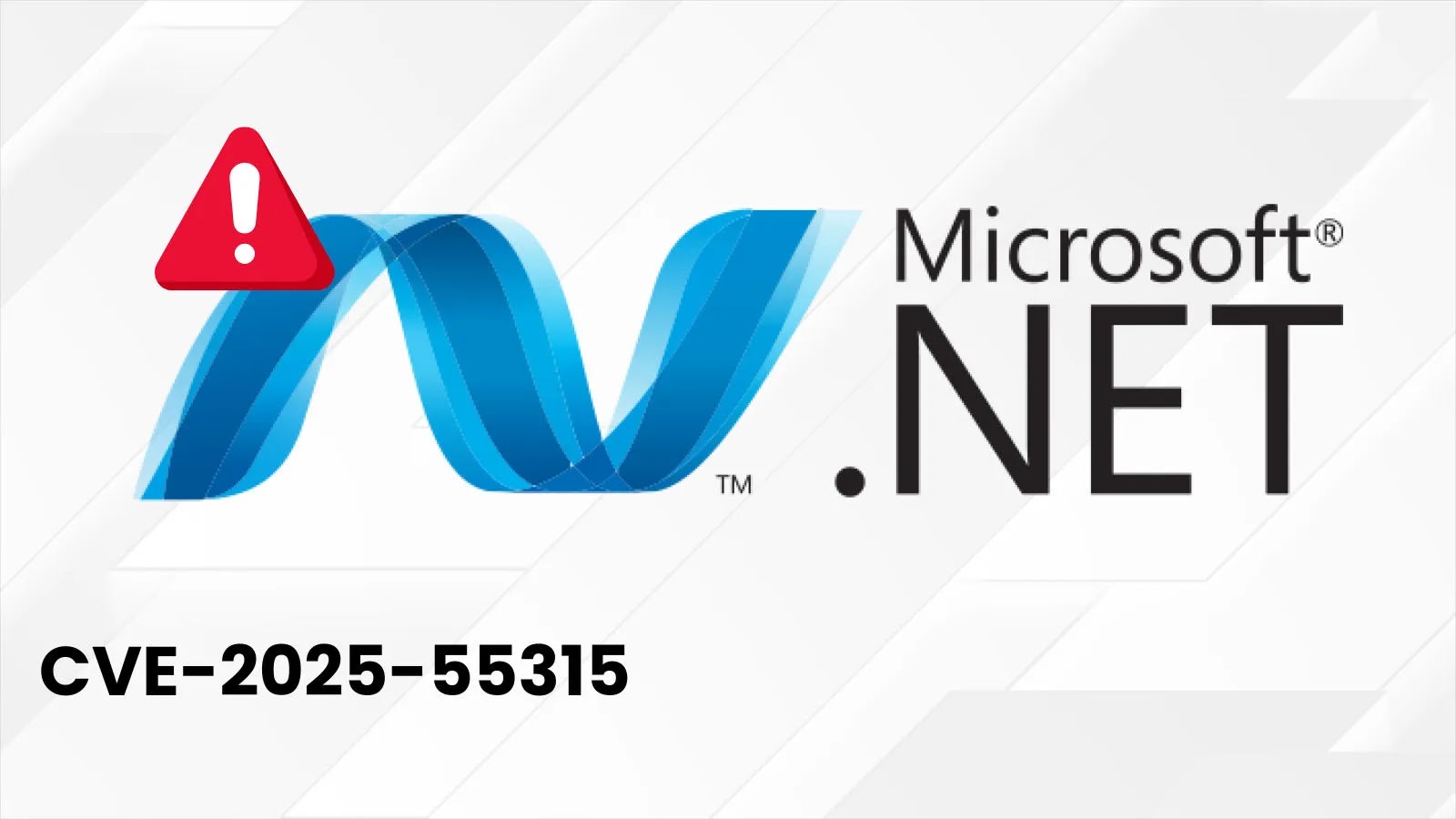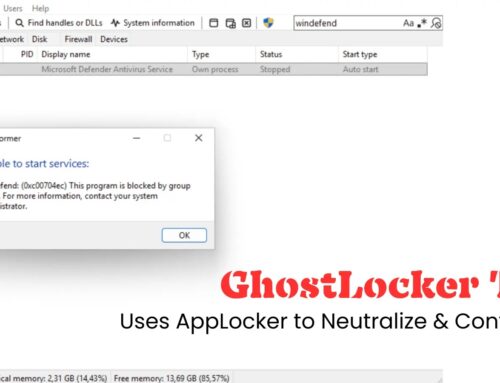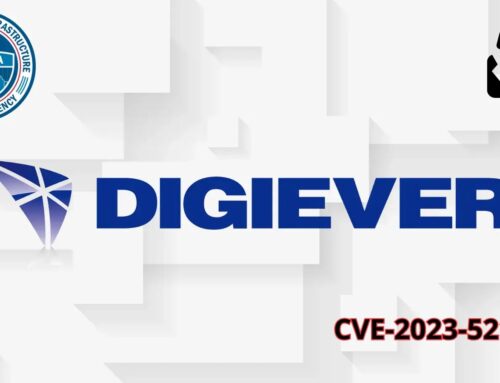
Microsoft Details ASP.NET Vulnerability That Enables Attackers To Smuggle HTTP Requests
Critical ASP.NET Vulnerability Unleashes HTTP Request Smuggling Risk
A high-severity flaw in ASP.NET Core, identified as CVE-2025-55315, has been detailed by Microsoft, posing a significant threat to web applications. This vulnerability, disclosed on October 14, 2025, carries a staggering CVSS v3.1 score of 9.9, positioning it as one of the most critical issues to impact ASP.NET in recent history. Its exploitation enables HTTP request smuggling, a sophisticated attack vector that can allow malicious actors to bypass crucial security controls and potentially compromise sensitive data or systems.
Understanding HTTP Request Smuggling
HTTP request smuggling is a technique where an attacker manipulates the interpretation of an HTTP request by different network components, such as proxies, load balancers, and web servers. This discrepancy in parsing allows the attacker to “smuggle” a malicious request within a seemingly legitimate one. When successful, this can lead to a variety of severe consequences, including:
- Accessing Unauthorized Data: Bypassing authentication and authorization checks.
- Web Cache Poisoning: Injecting malicious content into web caches, affecting subsequent users.
- Firewall and WAF Evasion: Circumventing security measures designed to block malicious traffic.
- Internal Network Access: Potentially reaching internal services not directly exposed to the internet.
The core of this attack lies in inconsistencies in how different HTTP parsers handle malformed or ambiguous requests, often related to the Content-Length and Transfer-Encoding headers.
The Impact of CVE-2025-55315 on ASP.NET Applications
The severity of CVE-2025-55315 cannot be overstated due to its potential to facilitate these powerful HTTP request smuggling attacks. For ASP.NET Core applications, this means that even robust perimeter security measures might be circumvented. An attacker could, for instance, smuggle a request to an administrative endpoint, gain unauthorized access, or manipulate application logic by injecting malicious payloads. The high CVSS score reflects this extensive potential for impact, underscoring the urgency for immediate action.
Remediation Actions: Protecting Your ASP.NET Deployments
Given the critical nature of CVE-2025-55315, immediate remediation is essential for all ASP.NET Core users. Microsoft has provided a security update specifically to address this flaw. Organizations should prioritize the following steps:
- Apply Patches Immediately: Ensure all ASP.NET Core installations are updated to the latest patched versions provided by Microsoft. This is the most direct and effective mitigation.
- Regularly Monitor for Updates: Implement a robust patch management strategy to stay informed about and apply future security updates promptly.
- Review Network Configuration: Evaluate and, if necessary, adjust the configuration of reverse proxies, load balancers, and web servers to ensure consistent HTTP request parsing. Employ strict parsing rules where possible.
- Implement Web Application Firewalls (WAFs): While not a standalone solution, a properly configured WAF can offer an additional layer of defense by detecting and blocking suspicious HTTP request patterns.
- Security Audits and Penetration Testing: Conduct regular security audits and penetration tests specifically targeting HTTP request smuggling vulnerabilities to identify and address potential weaknesses.
Tools for Detection and Mitigation
While applying the official Microsoft update is paramount, several tools can assist in detecting and mitigating HTTP request smuggling risks.
| Tool Name | Purpose | Link |
|---|---|---|
| ZAP (Zed Attack Proxy) | Comprehensive web application security scanner; can identify HTTP request smuggling patterns. | https://www.zaproxy.org/ |
| Burp Suite Professional | Industry-standard web vulnerability scanner and proxy for advanced manual testing and automated scanning. | https://portswigger.net/burp |
| OWASP ModSecurity Core Rule Set (CRS) | A set of generic attack detection rules for ModSecurity, a WAF, offering protection against various attack types, including smuggling. | https://coreruleset.org/ |
| Nginx/Apache Proxy Configuration | Proper configuration of these popular proxies can help normalize HTTP requests and prevent smuggling. | Nginx Docs / Apache Docs |
Key Takeaways for Securing ASP.NET Applications
The disclosure of CVE-2025-55315 serves as a stark reminder of the sophisticated threats facing modern web applications. HTTP request smuggling is a potent attack method, and its presence in a widely used framework like ASP.NET Core demands immediate attention. Prioritizing the official security update from Microsoft is non-negotiable. Beyond patching, a multi-layered security approach, including robust network configuration, WAF deployment, and continuous security testing, is crucial to maintain a strong defense against evolving threats and ensure the integrity and confidentiality of your ASP.NET application.





